What Is Performance Support? Why Won’t People Stop Talking About It?
Education experts have said for years the important role performance support plays in building competency. It tackles head-on two fundamental challenges of learning: the limits of human memory and learner motivation.
Despite the vast evidence, most organizations have made little progress implementing performance support solutions. Often, companies are not sure what performance support is or where to begin. So what is performance support? It may sound complicated and expensive; however, effective performance support tools can range in sophistication from simple printed checklists and succinct, step-by-step guides to short video clip demonstrations and even augmented reality applications.
From improved learning outcomes to greater returns on investment, most companies are not fully aware of the benefits of implementing a performance support system.
Learning Outcome 1: Performance Support Overcomes the Limits of Human Memory
All too often, learners emerge from formal learning unable to integrate “learned” skills into their day-to-day workflow. Put simply, learners exit training unable to apply what they’ve learned. Reality hits as learners are faced with acknowledging what they learned or didn’t, or what they have forgotten.
Scientists have known since at least the 1950s both the importance and limits of working (aka short-term) memory. Almost all information taken into working memory and not rehearsed within 20 to 60 seconds is lost. To complicate matters further, the capacity of working memory is limited to only a minimal number of elements (some think up to seven elements, but others think as low as three or four).
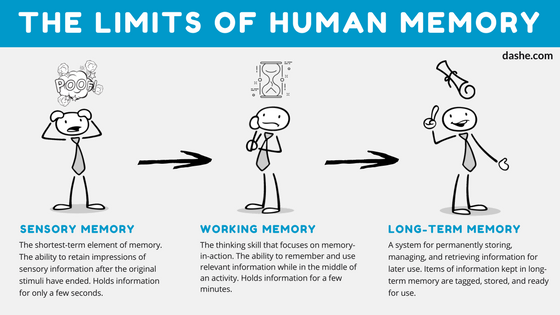
For information to be stored for future retrieval, it must reside in long-term memory. To get there, information must go through three memory stages: sensory memory, which holds information for only a few seconds; working or short-term memory, which holds information for a few minutes; and—if practiced—long-term memory, which is limitless. Additionally, the information must be encoded along the way (in other words, categorized and tagged by familiarity, relevance, or connection to other information) so it can be retrieved when needed.
Given that true learning requires a transfer of information from working memory to long-term memory, these limitations are hugely problematic for educators.
Performance support tools offset the challenge of memory in two important ways: context and immediacy. Essentially, performance support provides personalized, 24/7 scaffolding that provides answers within seconds, not minutes or hours, within the context of work. An ideal support environment is available on demand and easily accessible by whatever means employees communicate or work.
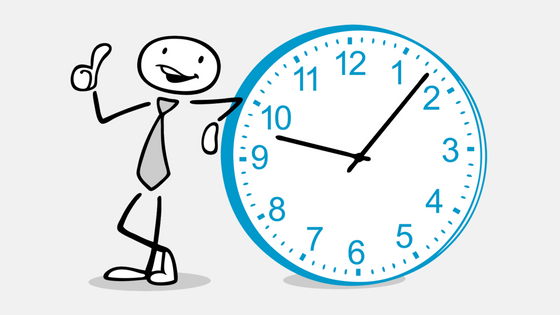
Additionally, performance support enables continuous learning, not one-and-done learning. By extending learning into the workflow, educators can resist the temptation to train everything in one sitting, reducing cognitive load and increasing capacity to remember and learn.
Certainly, if people could remember everything, performance support would not be necessary. Because that isn’t possible, performance support is essential.
Learning Outcome 2: Performance Support Improves Learning by Meeting Learners in the Moments of Motivation
By nature, people are most motivated to learn when they are faced with a problem.
Think about the last time you learned how to do something; it was likely because you needed to solve a problem. Maybe it was related to using Microsoft Excel or assembling an IKEA desk or reminding yourself how to perform an infrequent task at work. What did you do?
Not surprisingly, most people look for help by searching Google or YouTube, by asking a friend or colleague, by reading quick step-by-step instructions, or they simply give it a try. And succeed or fail by trial and error.

Problems constitute fundamental elements of learning: they pique curiosity and are relevant, both of which are well-understood factors for engaging and motivating adult learners. When confronted with a problem or “need-to-know” situation, today’s employees expect to learn by quickly searching for how-to instructions or a quick video demonstration.
Performance support tools allow educators to capitalize on a humans’ nature to be problem-based learners. Learning and development teams must exploit these on-the-job problem-solving opportunities as learning experiences by designing and developing performance support tools, much like YouTube videos or Wikipedia, that assist employees in the moment of motivation.
Additionally, with performance support readily available, learners feel more confident and in control. In this way, performance support tools help speed the acquisition and application of knowledge and increase compliance.
And finally, because process is what people do, information must be organized around processes, so that it can be easily found, understood, and used as problems arise. When done well, performance support captures and shares how high performers do things, boosting everyone’s performance, even on complex tasks.
As Deming noted long ago: “If you can’t describe what you are doing as a process, then you don’t know what you’re doing.”
Implementation:
We can’t make the mistake of thinking of training as a single event that we check off a list. We need to spend just as much time, if not more, designing and implementing effective performance support solutions that let people find and apply processes and procedures they may have missed during formal training.

With that said, it is important to note that integrating skills into the workflow process begins during formal learning—this is where we teach learners to fish. Formal training must help learners become proficient using the performance support tool by:
- Using the performance support tool as the foundation for classroom material.
- Completing exercises to practice using the performance support tool.
- Completing scenario-based case studies that present real-life problems.
- Consulting the performance support tool to understand end-to-end processes, including upstream and downstream impacts.
According to Gottfredson and Mosher, “We have been negligent in addressing the most critical moment in any person’s individual learning process: his or her moment of ‘Apply.’ Preparing learners for this vital moment should have always been at the heart of our efforts.”
Following that thought process, training departments must shift their focus to performance support and become experts at integrating learning and work. The reasons are clear.
Performance support improves learning outcomes by overcoming the limits of working memory and by meeting learners in the moment of motivation to learn. As a result, performance support boosts everyone’s performance by:
- Improving retention and transfer of learning to the job.
- Speeding time to competency and compliance.
- Capturing and sharing how experts do things.
- Reducing risk and stress, creating more resilient employees.
Certainly, performance support is not the only component of an effective learning strategy, but it is a crucial one. On the job is where learners meet the realities of what they learned, what they didn’t learn, what they have forgotten, and what they have misunderstood. On the job is where they are motivated to learn. Performance support provides the necessary scaffolding required for true learning.
Two of the most fundamental challenges of training are the limits of human memory and learner motivation. These factors, combined with the ever-increasing need of the workforce to be self-directed and to learn at the speed of change, require that learning be a continuum, as opposed to a single, formal learning event. Performance support addresses these needs by bridging the gulf between training, application, and competency.
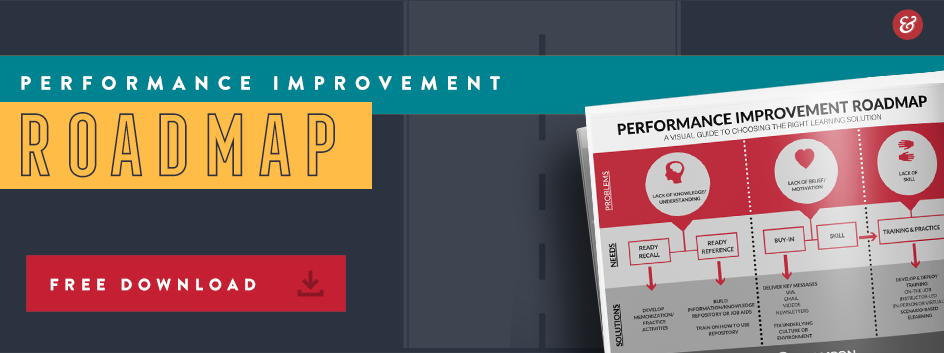
Continue reading
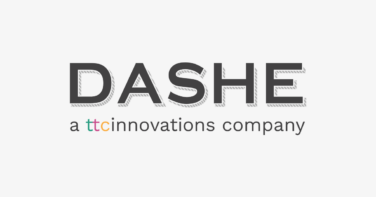
Dashe joins ttcInnovations
Learn More
Embracing the Future: Early Adopters of Generative AI for Learning
Learn More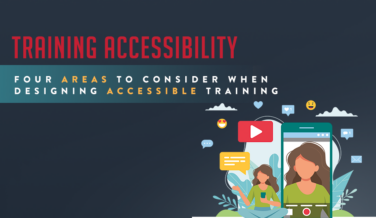
Four Areas To Consider When Designing Accessible Training
Learn MoreCommitted to
finding solutions
